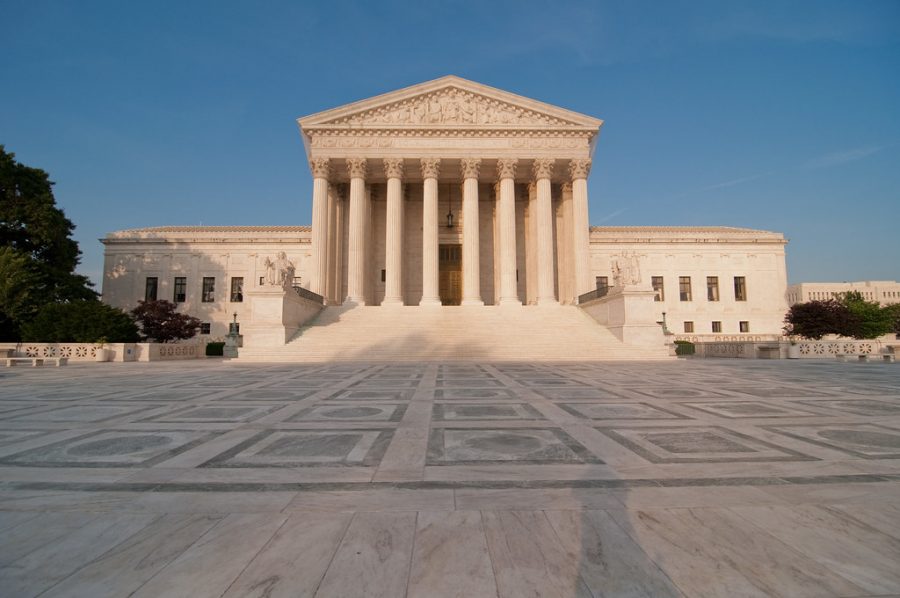Just how free is student speech? Supreme Court to decide this spring
Photo by Mark Fischer. Used with permission from Google Commons
Supreme Court to decide the power schools have over students’ online speech.
As students, we surrender some of our constitutional rights at school. This includes some freedom of speech and expression rights in the name of a peaceful school environment. But what about on social media? Should yet more stress be placed on students, worrying about every post they make online? Should we be potentially subject to punishment for harmless social media comments? The Supreme Court will hear a case this spring that will decide just how far the rules and regulations of school extend.
Law teacher Alexander Parker expresses the importance of this case.“There hasn’t really been a precedent established by SCOTUS to address how schools handle speech in a digital world,” Parker said.
This case will set the precedent. In the spring of 2017, a high school freshman was angry because she didn’t make the varsity cheerleading team, and would remain on Junior Varsity. Teens can relate, be it not making a team, getting a bad grade, or any form of rejection.
This girl then posted on Snapchat “F— school F— cheer F— softball F—- everything.” Another girl took a screenshot, and showed it to her mother, a coach on the cheer team. The girl who made the post was suspended from cheer for an entire year because of her comments.
Mahanoy Area School District, located in Schuylkill County, Pennsylvania claims she was punished for “violating preexisting school rules demanding “respect for school, coaches, teachers [and] other cheerleaders” and prohibiting “foul language” and tarnishing the image of the school. They denied that her words were harmless and said the comments could affect “team morale,” according to Yahoo news.
While there are instances where off-campus speech must be punished by school officials, this case is not one of them. Online behavior can amplify racism, sexism, hate speech against the LGBTQ+ community, sexual harassment, and other forms of cyberbullying.
In this case the school is making an absurd argument. This girl was punished for a harmless post expressing her frustration. It doesn’t mention the names of any school official, coach or cheerleader. There is no implication of anything specific that hurts the overall school environment. This situation isn’t close to bullying or promoting hate. This student was simply blowing off steam.
The lower courts have agreed. Both District and Circuit courts have ruled in the girl’s favor. They have cited the non-specificity of the sentiment, as well as the off-campus nature of the speech. This makes it especially concerning that the Supreme Court agreed to hear this case. Why would the court accept a seemingly decided case, if not to overturn the lower rulings?
The defining case for student free speech was Tinker V. Des Moines in 1969. In that case, the court ruled freedom of speech “must be protected in public schools, provided the show of expression or opinion—whether verbal or symbolic—is not disruptive to learning,” according to ABC.
If the court rules in favor of the Mahoney School District, it lowers the standard for “disruptive” to any student speech mentioning school in a negative light. A ruling in favor of the school district would severely curtail the free speech rights of students.
One of the Common Sense Editors-in-Chief, Riley Jordan maintains that unabridged student speech is a necessity. Jordan said “If students don’t have the same first amendment rights as adults, that is a massive amount of people being censored. Youth is not an excuse to censor people, and students are the future.”
A ruling for Mahanoy School District would surely lead to some hypocritical history classes. We would learn about the freedom of speech our founders were willing to die for, while at the same time fearing punishment for harmless and nonspecific anti-school sentiments.
Your donation will support the student journalists of Thomas S. Wootton High School. Your contribution will allow us to purchase equipment and cover our annual website hosting costs.
Ethan is a 2023 graduate.







